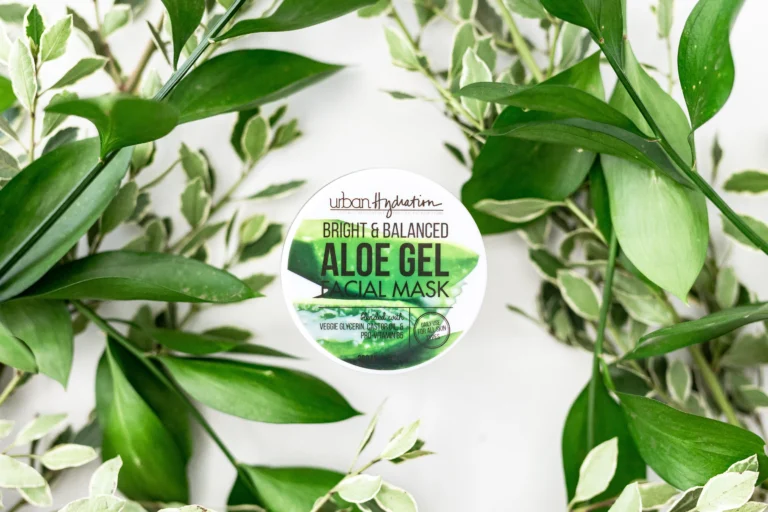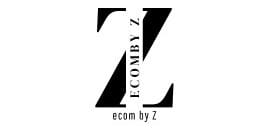RSOC Redefines Search Arbitrage With Native Excellence
In 2025, digital advertising has reached new levels of sophistication, and one of the most transformative innovations leading this change is RSOC (Related Search on Content). With the rising demand for performance-driven native ad strategies, RSOC emerges as a sustainable and highly effective model, particularly when paired with Outbrain Direct Response (ODR). Together, they reshape the outdated paradigms of traditional search arbitrage and unlock superior monetization paths for publishers and advertisers alike.
Understanding RSOC: The Next Evolution in Monetization

RSOC—Related Search on Content—is a strategic innovation that dynamically integrates contextual search terms within high-quality content environments. Typically positioned just after a page introduction or headline, these search terms closely match user intent, encouraging deeper engagement and improving the journey from curiosity to conversion.
This approach mimics organic search behavior, enhancing user experience by allowing a content-first discovery. Unlike traditional arbitrage models that often rely on thin content or rapid redirects to search results, RSOC builds trust by offering real, informative copy before any ad interaction.
RSOC vs. Traditional Arbitrage: A Clear Divide
Conventional search arbitrage—popular in the late 2010s and early 2020s—was dominated by parked domains and low-quality landing pages. These tactics, while effective short-term, eventually fell afoul of evolving platform guidelines, user expectations, and privacy regulations. In contrast, RSOC represents a compliance-friendly, experience-first model.

Here’s how RSOC changes the game in 2025:
- Traditional Arbitrage: Users click an ad, land on a low-value page, and get immediately redirected to search results.
- RSOC Experience: Users click a native ad, land on an editorial-style page, engage with meaningful content, and then explore intelligently placed search queries. The journey continues through search results and finally to a product or service page, all while maintaining relevance and user interest.
This additional layer of content introduces a quality filter, reducing bounce rates, improving time on site, and leading to higher conversion rates due to better-qualified traffic.
Native Advertising Synergy: RSOC and User Intent
RSOC is inherently native—it blends seamlessly into the user’s natural consumption of online content. The contextual integration of related searches makes the experience feel less like advertising and more like informed exploration.
As native advertising continues to dominate in 2025—accounting for over 65% of digital ad spend globally, according to recent estimates—RSOC naturally aligns with this trend. It supports:
- Intent-driven targeting
- Contextual relevance
- Editorial consistency
Users no longer feel ambushed by irrelevant ads. Instead, they discover relevant services or products as part of their content journey, making them more open to interaction and conversion.

Enhanced User Experience: A Structured, Engaging Journey
One of the primary benefits of RSOC lies in its elevated user experience. Rather than redirecting users instantly, the model encourages exploration, delivering value upfront through engaging, well-crafted content.
Key improvements include:
- Engagement-first content instead of redirect-heavy pages
- Higher dwell time leading to better SEO and ad relevance
- Improved user trust and lower bounce rates
In fact, early 2025 data indicates that RSOC-powered pages see up to 40% higher retention compared to traditional feed-based models. This isn’t just good for users—it’s also great for publishers and advertisers aiming for long-term, scalable revenue.
Compliance, Transparency, and Privacy in 2025

With evolving global regulations such as GDPR, CCPA, and newer data protection mandates across Asia-Pacific, RSOC stands out as a model designed for future-proof compliance.
By offering real content and reducing reliance on deceptive redirects, RSOC adheres more easily to search engine and platform guidelines. Its content-first approach supports:
- Accurate ad representation
- Transparent user journeys
- Robust privacy practices
This not only reduces the risk of account suspension or monetization penalties but also builds long-term trust with both platforms and users.
Outbrain Direct Response (ODR): The RSOC Powerhouse
In 2025, Outbrain Direct Response (ODR) has emerged as a leading force in performance-driven native advertising. When paired with RSOC, it creates a potent synergy built for modern demands.
Why ODR Works Seamlessly with RSOC:
- Premium publisher access: ODR’s curated network ensures exposure to high-intent users on credible sites.
- AI-powered targeting: Advanced algorithms refine campaign delivery for maximum performance and relevance.
- Seamless native integration: RSOC pages work flawlessly with ODR ad formats, maintaining a consistent editorial feel.
Marketers also benefit from custom strategy support, real-time analytics, and automated optimization, allowing campaigns to be fine-tuned on the fly for superior ROI.
Real-World Performance: What the Data Shows
As of Q1 2025, publishers leveraging RSOC + ODR report:
- 27% average increase in conversion rates
- 33% improvement in revenue-per-click (RPC)
- 42% higher engagement vs. standard arbitrage feeds
These numbers highlight the shift from quantity-based traffic strategies to quality-focused content journeys. It’s not just about bringing users to the page—it’s about making them stay, interact, and convert.
Future Outlook: RSOC as the New Standard
As the digital ad landscape evolves, scalability, trust, and compliance will define winning strategies. RSOC is not a trend—it’s a foundational shift in how search arbitrage and native advertising intersect.
Looking ahead:
- Platforms like Google and Bing are expected to further restrict low-quality traffic schemes
- Native ad budgets are forecasted to increase by 15% YoY through 2027
- AI-led personalization will require more structured content environments, like those supported by RSOC
Publishers and marketers who adopt RSOC in 2025 are not only future-proofing their strategies—they are aligning with what users and platforms now expect: relevance, transparency, and quality.
Final Thoughts: RSOC + ODR – A Winning Combination
The combination of RSOC’s content-driven architecture and ODR’s premium distribution and optimization tools marks a significant leap forward in digital advertising. Together, they replace outdated, disruptive models with a framework that delivers value across the board—for users, advertisers, and publishers alike.
In an industry that continues to evolve, embracing models that prioritize user intent, ad relevance, and ethical monetization isn’t just smart—it’s essential.
RSOC isn’t just another ad tech trend. It’s the future of search arbitrage—and with partners like ODR, the future is already here.









